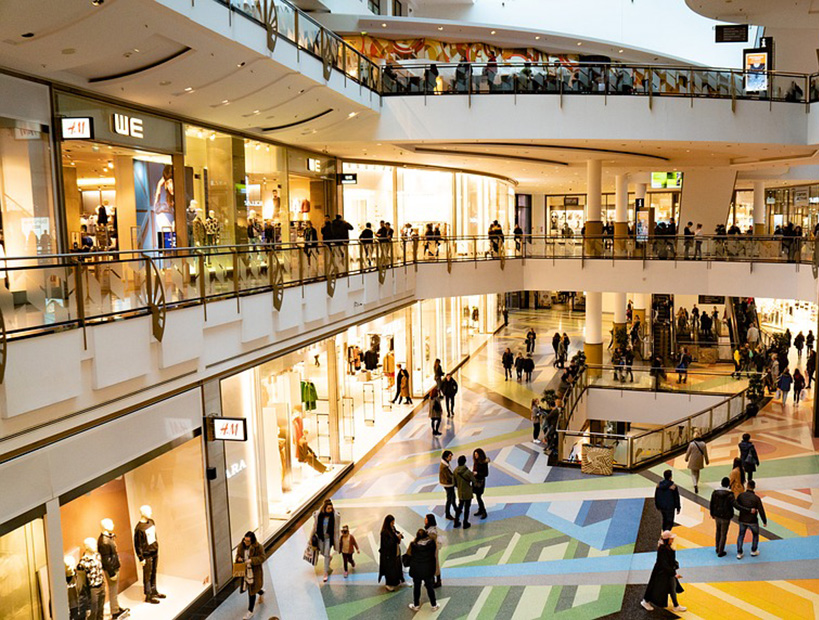Will Retail Sales Growth Continue?
With yesterday’s government report showing a 7.5 percent uptick, experts weigh whether the momentum will last.
Retail sales across the U.S. increased 7.5 percent in June, according to the U.S. Census Bureau and the U.S. Department of Commerce’s monthly report on retail and food services. But with coronavirus cases on the rise, some areas returning to lockdown orders, unemployment benefits set to expire and uncertainty surrounding school openings, experts are concerned growth may stall.
In the month of June, U.S. retail and food services sales hit $524.3 billion, according to the report. The number reflects a 7.5 percent increase from the previous month and a 1.1 percent increase from the same period last year.
June’s numbers come after retail sales rebounded sharply in May, posting a nearly 18 percent increase—the biggest monthly jump in history—after falling flat in April, when businesses across the country were shuttered during lockdowns. Notable jumps in the report include nonstore retail, a category that includes e-commerce sales, which rose 23.5 percent from June 2019. Building material and garden equipment and supplies dealers also had a good month, with sales up 17.3 percent when compared to 12 months ago.
While experts acknowledged the numbers were a positive sign, they also expressed concern over what will happen over the next couple of months. The return of closures and reduced capacity could impact some regions, while consumers are feeling nervous over the extra unemployment benefits set to expire at the end of the month, said CBRE’s Head of Retail Research Meghann Martindale.
“It’s so hard to predict, but I do think it will have an impact,” said Martindale of the rollback of openings brought by rising coronavirus figures. Retail usually hits a summer lull in July before back-to-school season in August, which typically marks a peak. When and how schools open could have an impact on those numbers.
READ ALSO: Coworking Outlook Positive, JLL Finds
However, considering pent-up consumer demand and minus any “major event” taking place in the next couple of weeks, Martindale still expects to see positive sales numbers in July.
Though consumer sentiment is much lower than it was last summer, it has improved since April, no doubt helped by government stimulus programs. But the expiration of additional benefits and double-digit unemployment numbers could put pressure on overall spending, said Manoj Chadha, vice president & senior credit officer with Moody’s Analytics’ corporate finance group.
“That’s going to definitely have some impact on shopping patterns going forward,” added Chadha.
For retailers, the holidays will be a critical test, he said. With so many stores having lost sales during mandatory closures, the pressure will be on to have a really strong holiday season. “It’s still a very fluid situation right now, but results today and last month are definitely positive,” Chadha concluded.
While the pandemic has negatively impacted most U.S. retailers, some segments have performed well. Discount stores, drug stores and auto part stores have all fared well during the COVID-19 outbreak, making them more attractive to investors, according to a Marcus & Millichap report from last month. Others, such as department stores, fitness centers and dine-in restaurants, many of which are last on the list in reopening plans, have fallen out of favor.
“I think the overall story is that it’s positive to see consumers want to get back to stores, even though we are seeing setbacks,” said Martindale.








You must be logged in to post a comment.